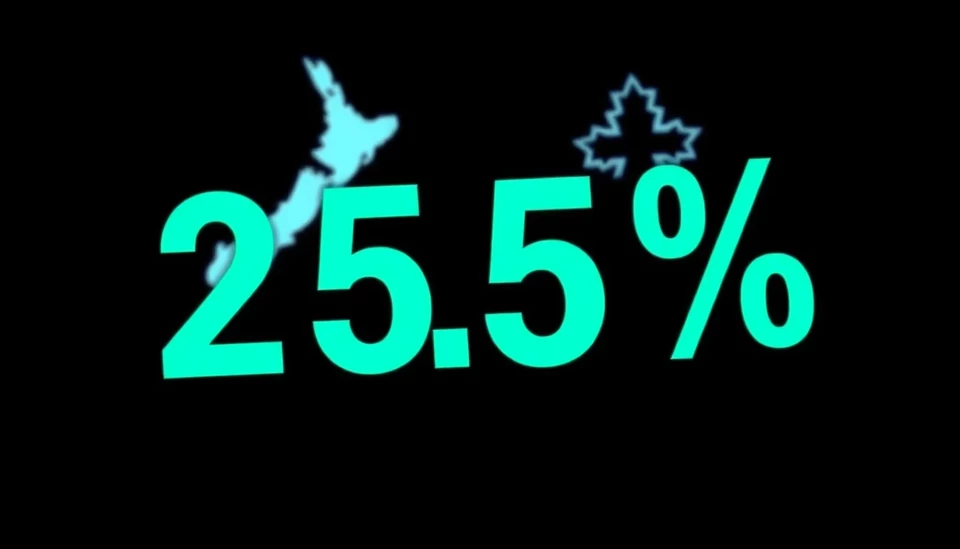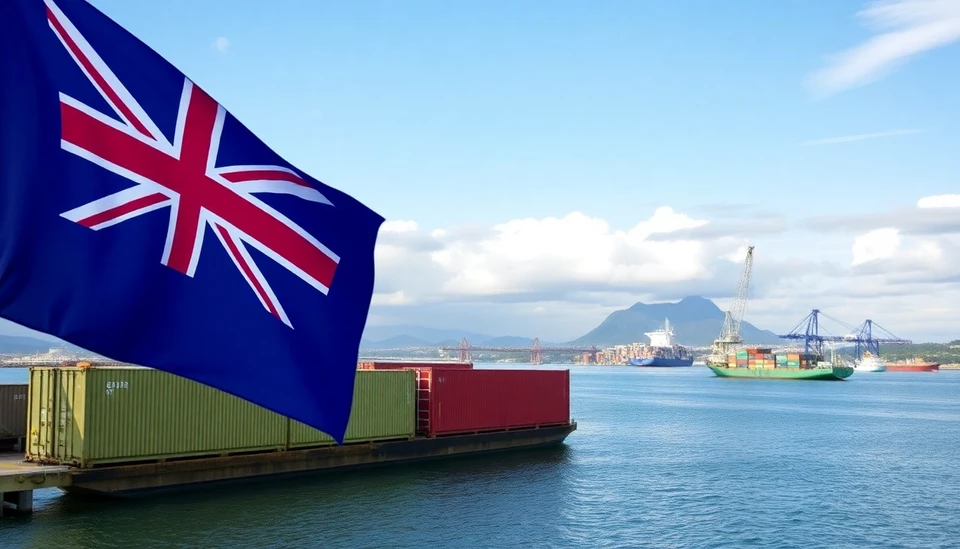
In an unexpected twist, New Zealand's inflation rate has held firm at 2.2%, defying forecasts that predicted a decline. This stability in inflation amidst global economic challenges has raised eyebrows among financial analysts and policymakers alike.
The Reserve Bank of New Zealand (RBNZ) had anticipated a drop in inflation, aiming for a steady return towards its target range of 1% to 3%. However, recent consumer price index (CPI) data has shown that inflationary pressures are still evident, complicating the RBNZ's monetary policy strategy. The latest figures bring New Zealand's inflation figures in line with several other developed nations grappling with similar issues.
One influencing factor highlighted by analysts is the surprising resilience of the economy, which has been spurred by a robust job market and strong consumer spending. These elements suggest that the demand side of the economy remains relatively unaffected, even amidst rising global economic headwinds and supply chain disruptions.
Experts have pointed to rising costs in housing, food, and energy as key contributors to the sustained inflation rate. A notable increase in the prices of essential goods has been observed, which has placed additional strain on households. Real estate prices have also remained high, continuing to fuel concerns about affordability and access to housing in New Zealand.
The RBNZ is now faced with a challenging conundrum: to tighten monetary policy further in an attempt to curb inflation without risking an economic slowdown. Financial analysts speculate that the current conditions might prompt the RBNZ to maintain high interest rates for an extended period, aiming to balance growth while keeping inflation in check.
International factors, including fluctuating trade dynamics and the effects of geopolitical tensions, continue to loom large over New Zealand's economic outlook. These variables further complicate the RBNZ’s task, compelling the bank to remain vigilant and responsive to both domestic and global economic landscapes.
As the situation progresses, the RBNZ will undoubtedly keep a close eye on upcoming economic indicators and trends. Such scrutiny will be essential as they navigate the turbulent waters of monetary policy in the wake of persistent inflation.
In conclusion, New Zealand’s unexpected steady inflation rate at 2.2% marks a significant moment, reflecting the complexities of the current economic environment and posing several challenges for the nation's financial strategies moving forward.
#NewZealand #Inflation #Economy #RBNZ #CPI #ConsumerPrices #MonetaryPolicy #EconomicOutlook #FinancialNews
Author: Laura Mitchell




